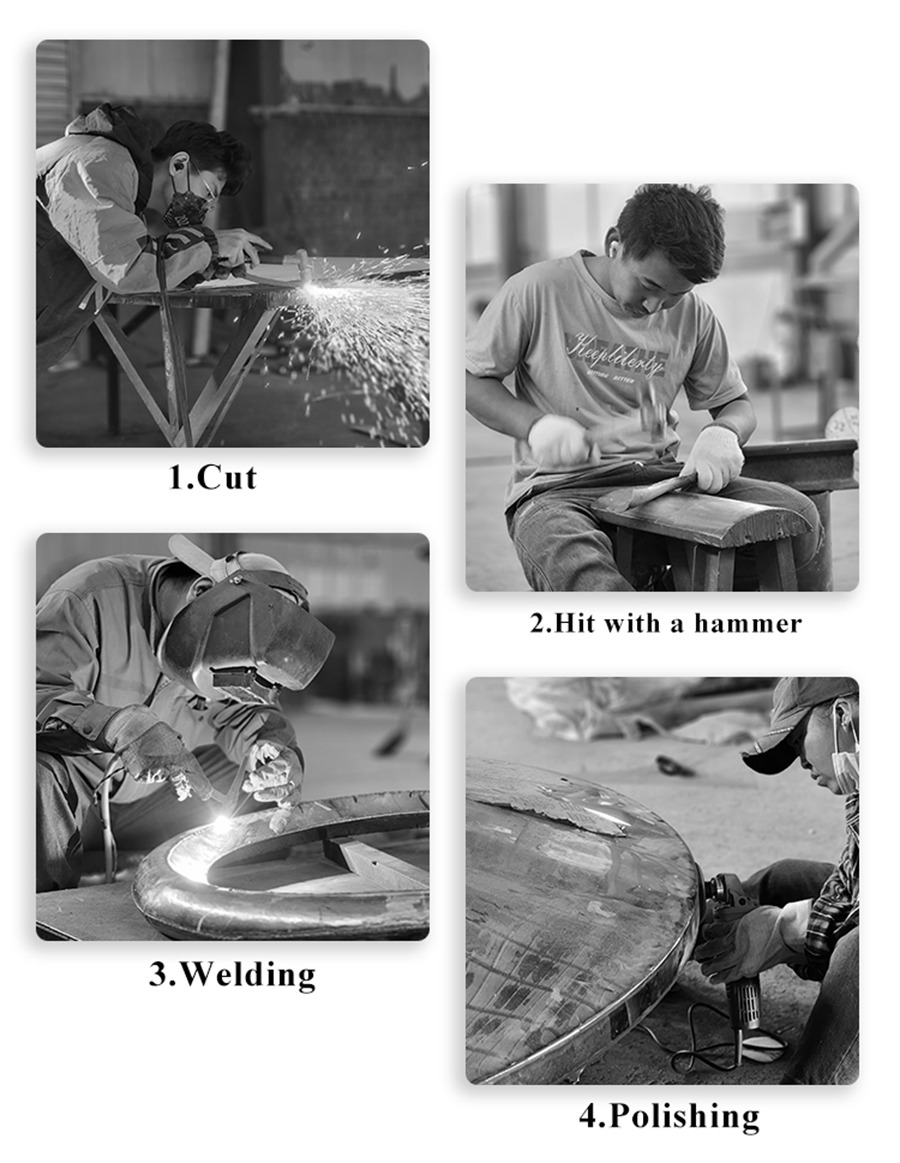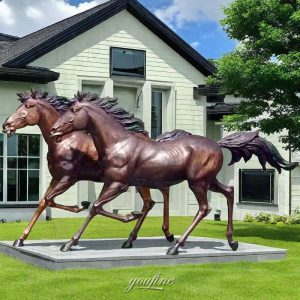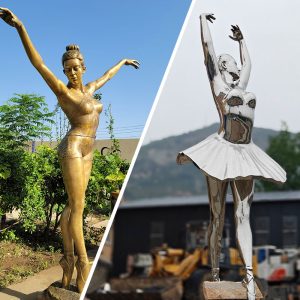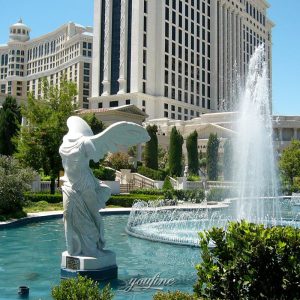Stainless steel metal sculptures, known for their unique modern aesthetic and exceptional durability, have gained popularity in the art and architectural fields in recent years. This material not only presents a smooth, shiny surface effect but also boasts strong corrosion resistance, making it an ideal choice for outdoor sculptures.
Whether in city squares, parks, or private gardens, stainless steel metal sculptures can add a touch of modern artistic charm to any environment. However, when we turn our attention to seaside locations, the integration of sculptures with the natural landscape seems like an ideal combination.
Yet, with the harsh sea winds, salt mist, and humidity, the special climate conditions at the coast impose higher demands on the material and maintenance of sculptures. Is stainless steel still a suitable choice in such conditions? This article will explore the suitability of stainless steel sculptures in seaside environments and offer advice on selecting durable coastal sculptures.
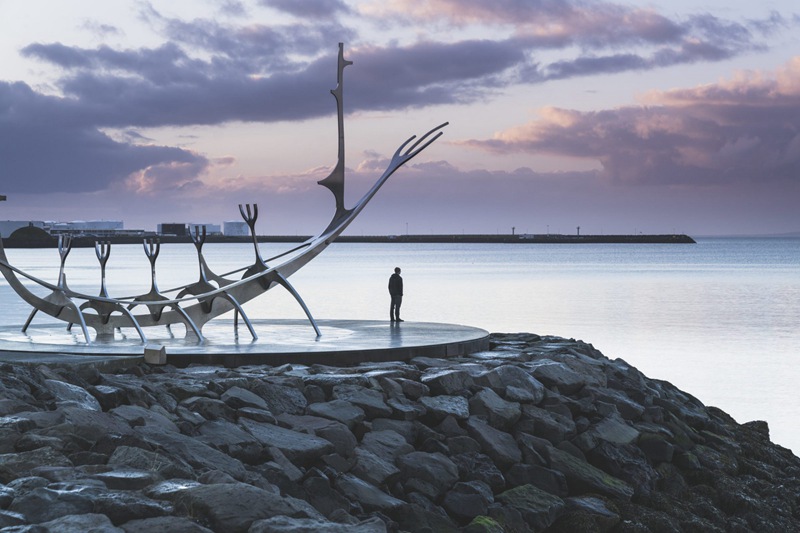
Advantages of Placing Sculptures by the Sea
Visual Impact
Stainless steel sculptures shine under the sunlight, creating a striking contrast with the vast ocean and sky, which can generate a strong visual impact. The modern and streamlined design of mirror metal sculptures complements the natural landscape and architectural styles of coastal areas, adding a fashionable and avant-garde artistic touch. This unique visual effect enhances the artistic atmosphere of seaside landscapes, making the sculptures standout attractions for tourists and photography enthusiasts.
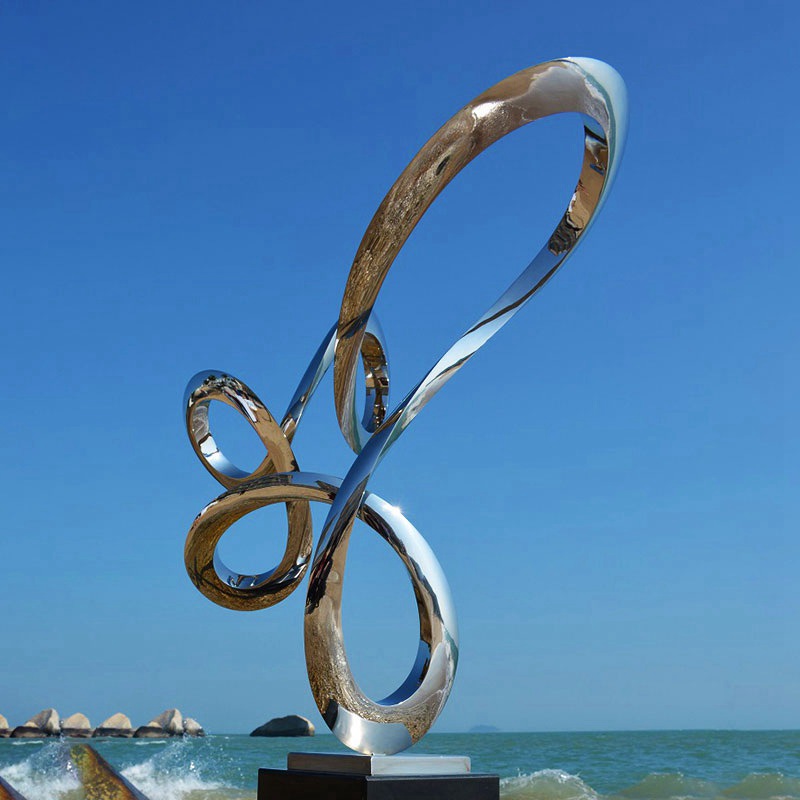
Environmental Adaptability
Stainless steel is renowned for its excellent corrosion resistance. Compared to other materials, it is better equipped to withstand the salt mist and humidity of seaside environments, thereby extending the lifespan of the sculptures. With proper surface treatment, stainless steel can effectively resist environmental factors, maintaining its original shine and structural stability. This makes stainless steel metal sculptures a relatively low-maintenance, highly durable choice for coastal settings.
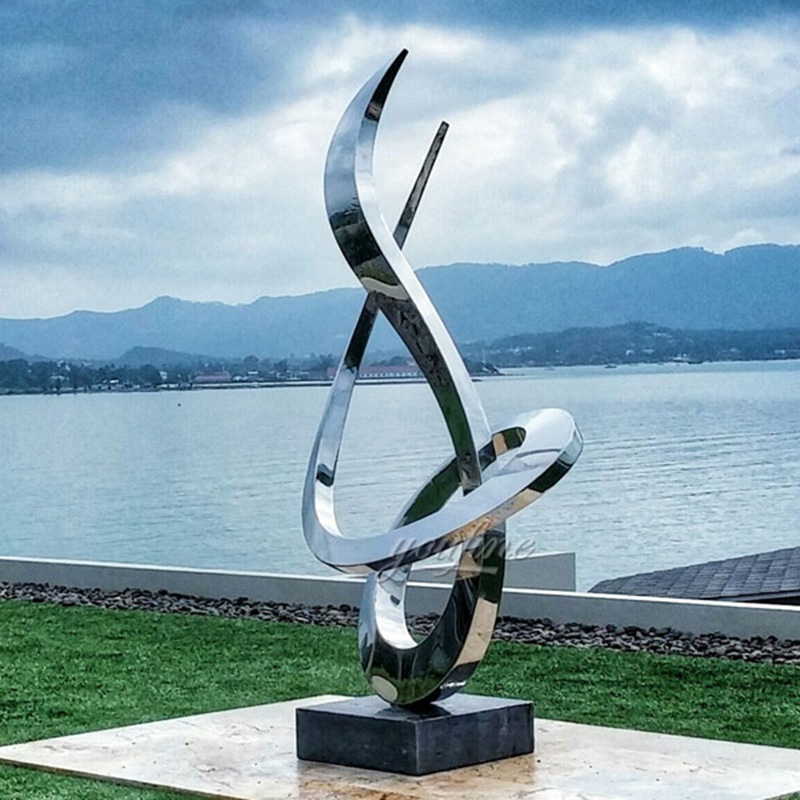
Challenges of the Seaside Environment to Sculptures
Salt Mist Corrosion
The air at seaside locations contains high levels of salt, which can form salt mist that corrodes the surface of stainless steel sculptures. Corrosion is particularly problematic at joints or untreated areas of the sculpture.
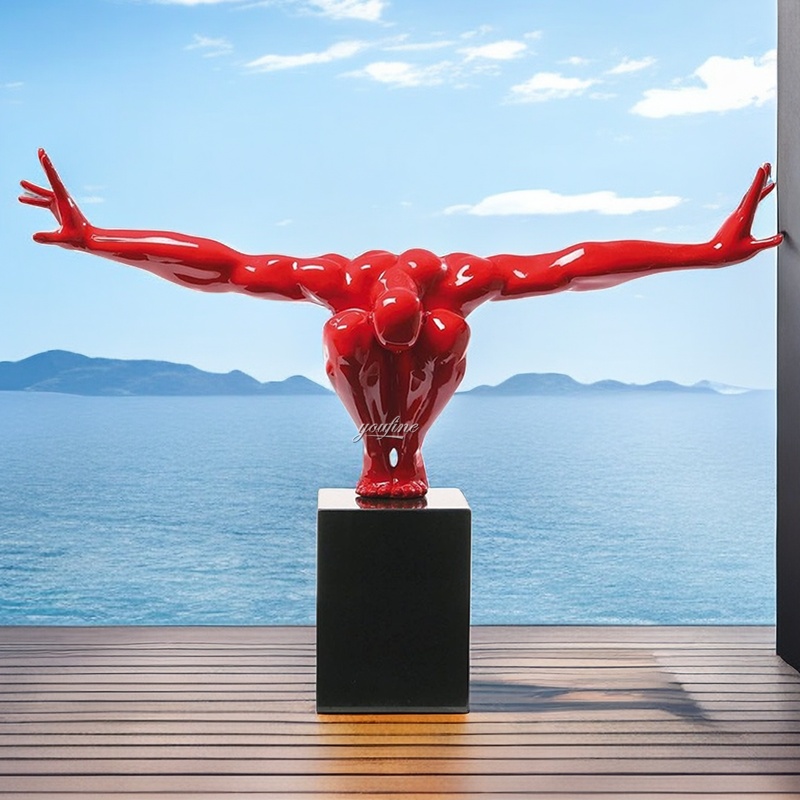
High Humidity and Temperature Fluctuations
The high humidity in coastal environments can exacerbate corrosion issues on stainless steel surfaces. Frequent changes in humidity levels can cause moisture to form droplets on the sculpture’s surface, accelerating the corrosion process.
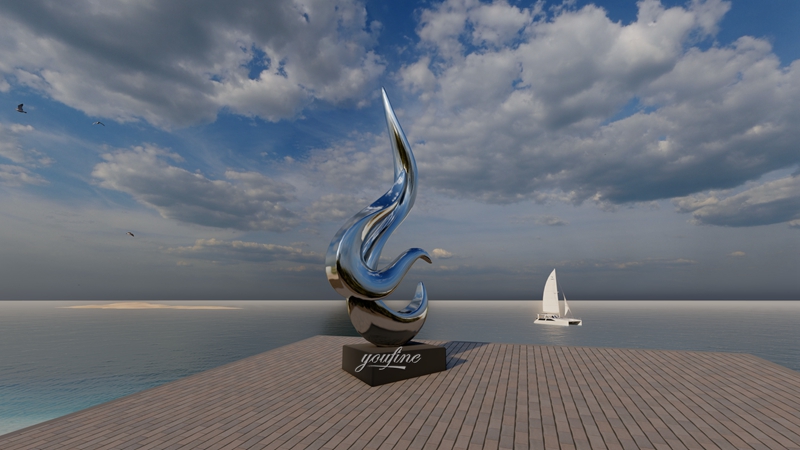
Windblown Sand and Debris
Strong coastal winds often carry sand and other airborne debris, which can cause physical abrasion to the surface of stainless steel sculptures. Prolonged exposure to windblown sand can lead to scratches and wear on the sculpture’s surface.

However, these challenges do not mean that stainless steel sculptures are unsuitable for coastal environments. By choosing a reliable supplier and implementing appropriate measures and regular maintenance, metal sculptures can still showcase their unique beauty and durability in seaside settings. With proper surface treatments and upkeep, they can maintain their appeal and resilience.

How to Overcome These Challenges
Choosing a Reliable Supplier
Selecting an experienced and reputable supplier is crucial for ensuring that stainless steel sculptures perform well in seaside environments. A reliable supplier will provide professional advice to ensure that the sculpture’s design and material selection are suited to the unique conditions of the coast. They typically use high-quality materials and offer appropriate surface treatments and maintenance recommendations to extend the sculpture’s lifespan. When choosing a supplier, reviewing their past projects and customer feedback can help assess their expertise and service quality.
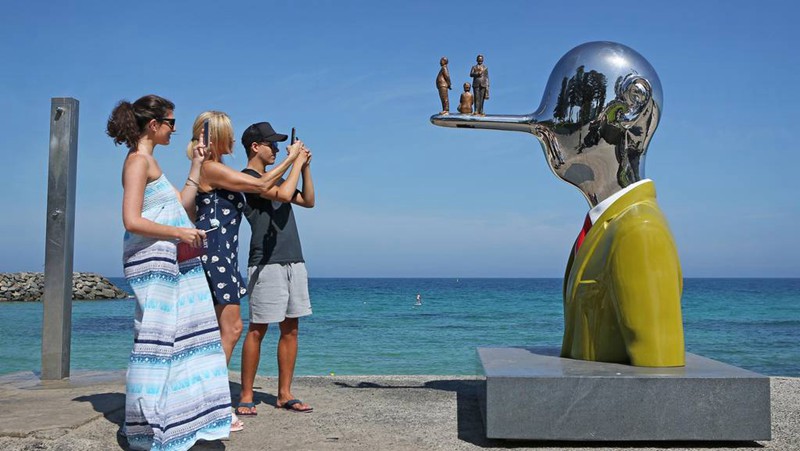
Regular Maintenance
Regular cleaning and maintenance are essential for keeping stainless steel sculptures in good condition in coastal environments. Use mild cleaners and soft cloths to regularly clean the sculpture’s surface, removing salt, dirt, and pollutants. After each cleaning, inspect the sculpture for any signs of rust or corrosion. If issues are found, promptly apply rust inhibitors or polish to prevent further corrosion.
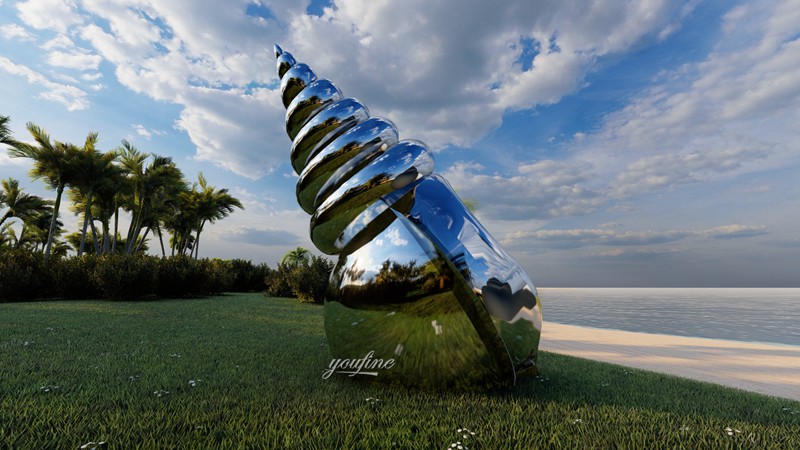
Placement Considerations
Choosing the right placement for the sculpture can significantly reduce its exposure to harsh environmental conditions. Firstly, avoid areas with strong winds. Select a location that minimizes direct wind exposure to reduce physical abrasion from windblown sand. Secondly, stay away from highly humid areas. Position the sculpture away from direct seawater spray to avoid prolonged exposure to high humidity and salt mist.
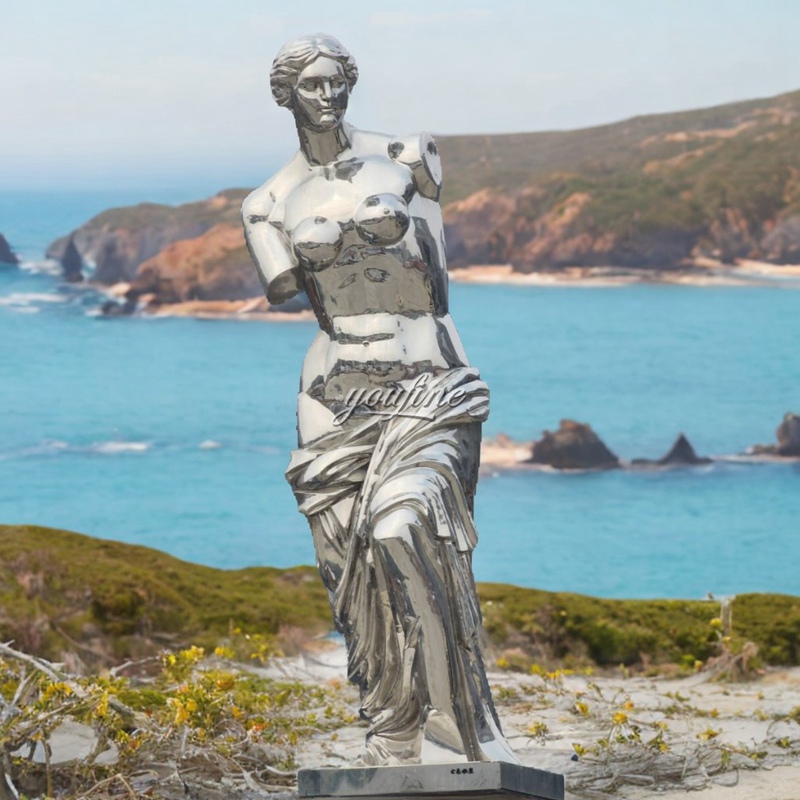
How to Choose the Right Sculpture Supplier
Industry Experience
Choose suppliers with extensive experience and a long history. Such suppliers typically have the capability to handle various environmental conditions and complex projects. Review the supplier’s past projects and case studies, especially those in similar coastal environments. Successful projects can demonstrate their adaptability and technical expertise under specific conditions.
YouFine, established in 1983, has 40 years of experience in sculpture production. They have provided various designs of metal sculptures to clients worldwide, including coastal cities, and have received positive feedback.
Technical Expertise and Craftsmanship
Evaluate the supplier’s production facilities and technical capabilities. An advanced production environment and equipment often indicate higher product quality and better craftsmanship. Understand the supplier’s processes in stainless steel sculpture production, including welding, polishing, and surface treatment. These processes directly affect the sculpture’s durability and aesthetic appeal.
YouFine’s artists have extensive experience and mastery of advanced technology and equipment, dedicated to providing high-quality outdoor sculptures for each customer.
Materials and Surface Treatment
Ensure that the supplier uses high-quality stainless steel materials that meet relevant standards and specifications. Understand the surface treatment options provided by the supplier, such as PVD coating and nano-coating. High-quality surface treatments can significantly enhance the sculpture’s corrosion resistance and appearance.
YouFine uses 316 or 304 stainless steel for sculptures, known for their excellent corrosion and heat resistance, ensuring longevity. They also offer a variety of surface treatment options to meet diverse aesthetic preferences.
Project Management and Communication
Evaluate the supplier’s project management capabilities, including project planning, time management, and coordination. Effective project management ensures that sculptures are delivered on time and meet quality standards. Choose a supplier with smooth communication skills, who can respond to your needs and issues promptly and provide clear solutions.
YouFine first creates a detailed stainless steel sculpture plan tailored to the customer’s specific needs and makes adjustments until the customer is satisfied. During production, professionals provide regular progress updates and make timely adjustments as necessary.
Conclusion
Although seaside environments present certain challenges for stainless steel sculptures, appropriate surface treatments and maintenance measures can ensure that sculptures remain beautiful and durable by the coast. Ultimately, selecting a professional stainless steel sculpture supplier and maintenance service is key to ensuring the long-term aesthetic appeal and stability of your sculpture.
